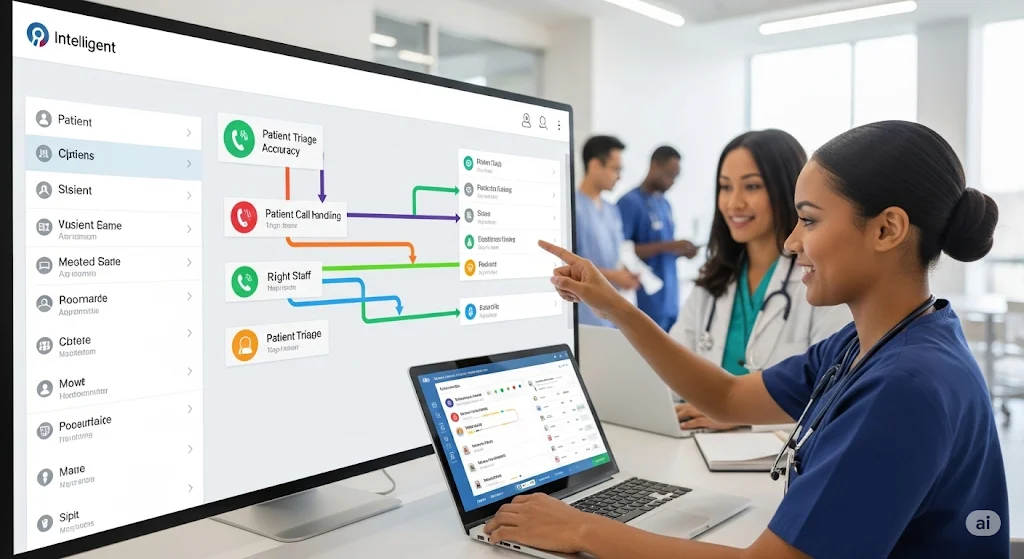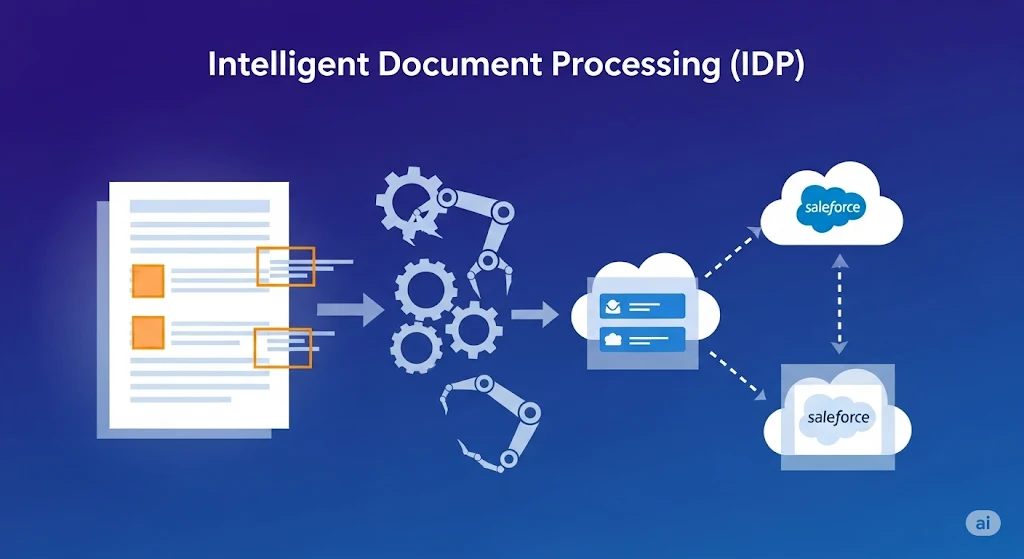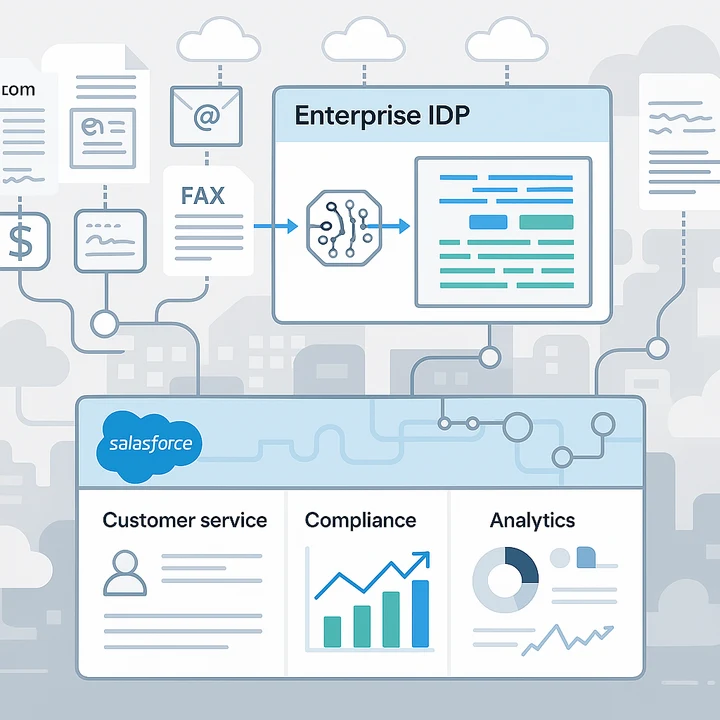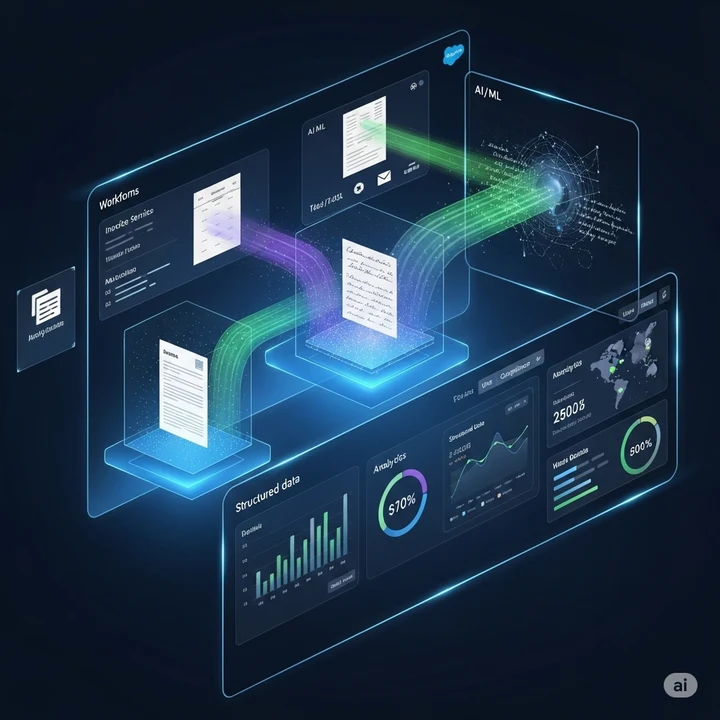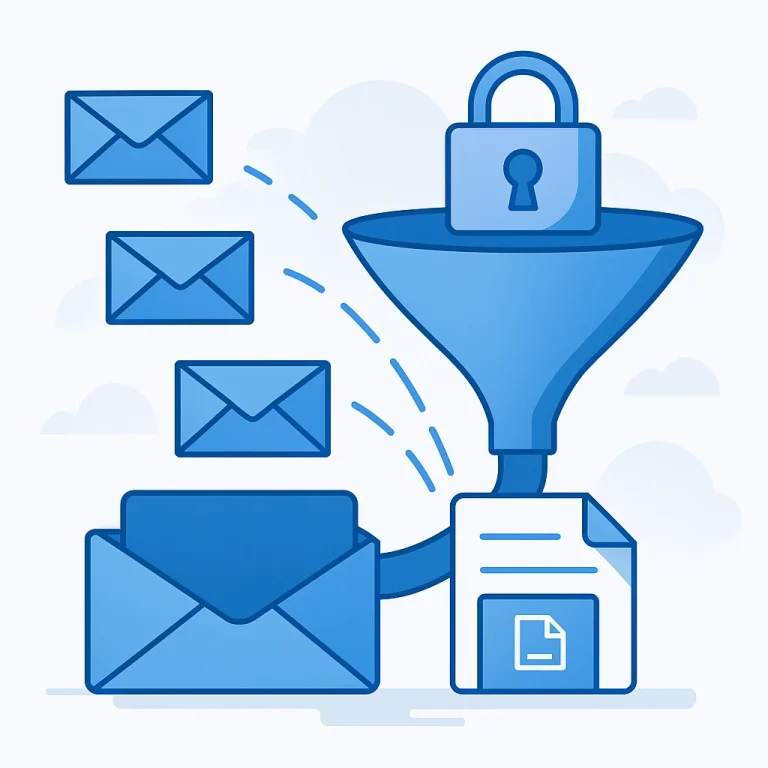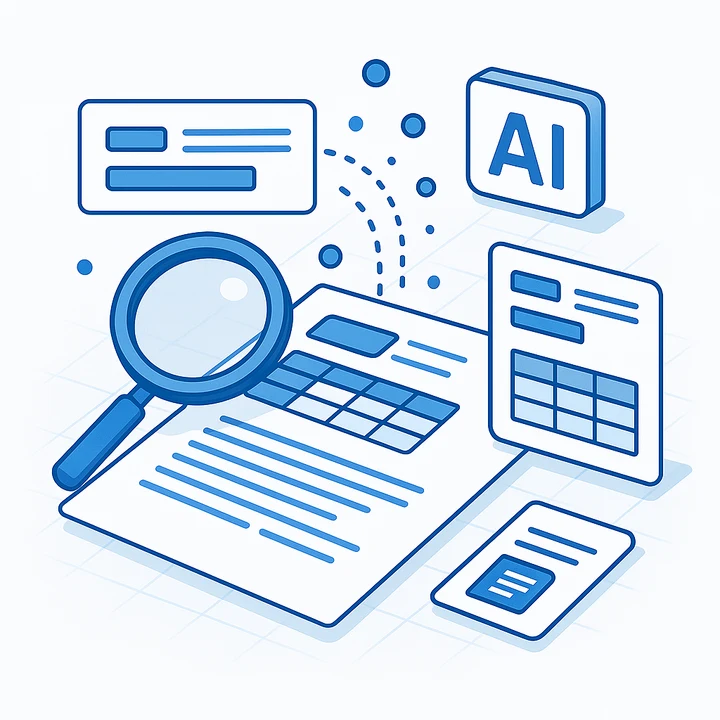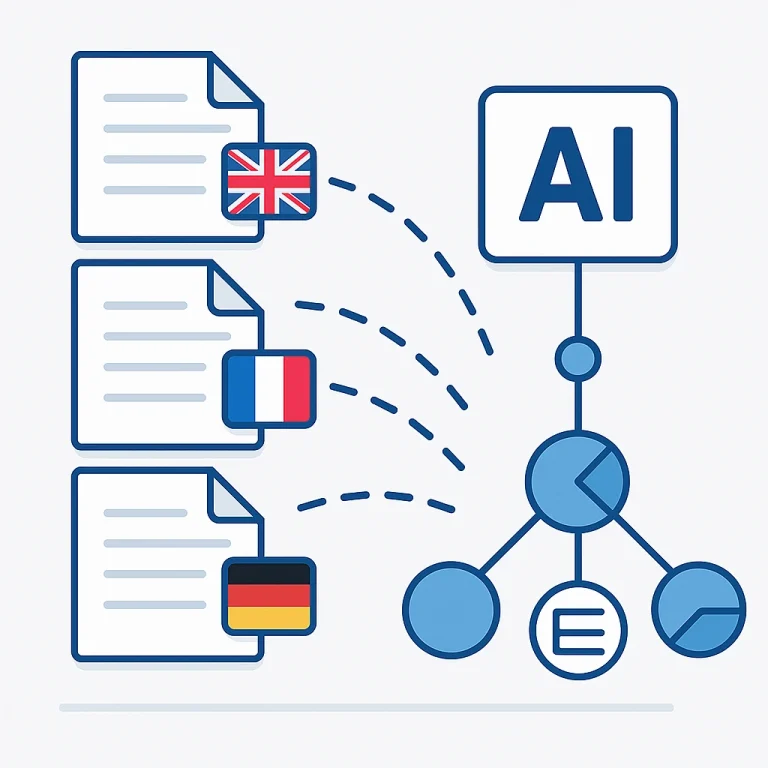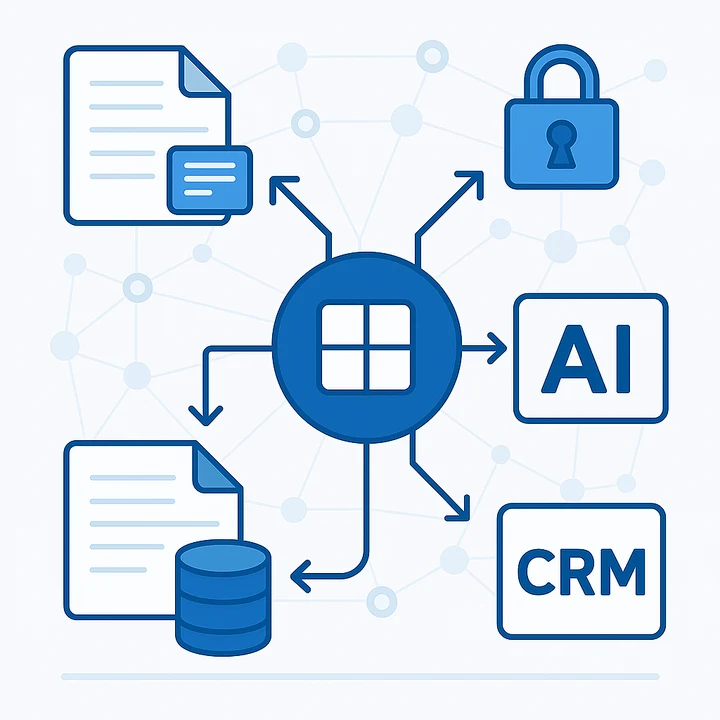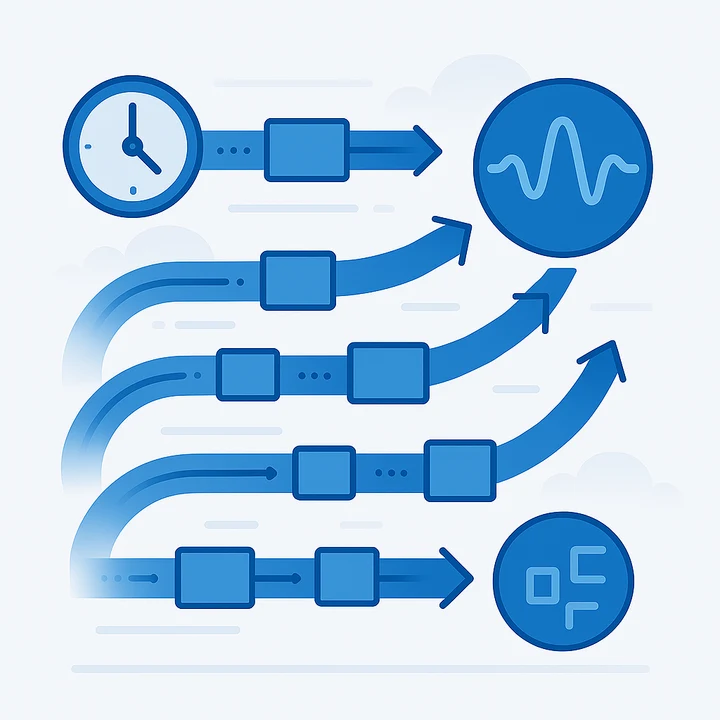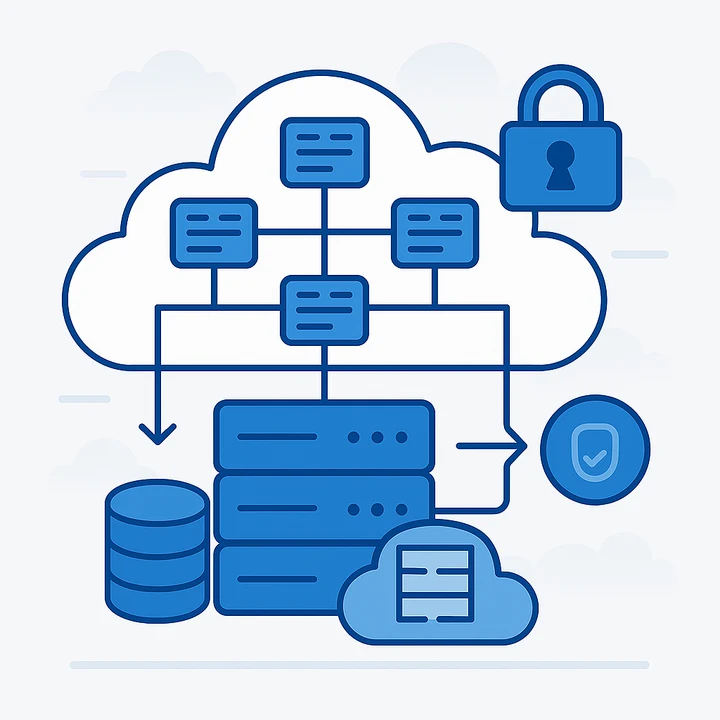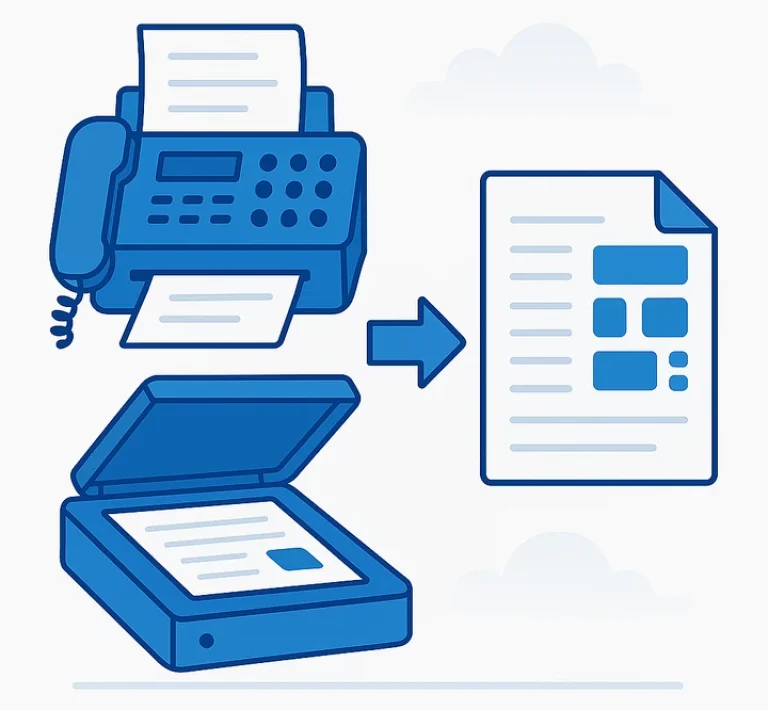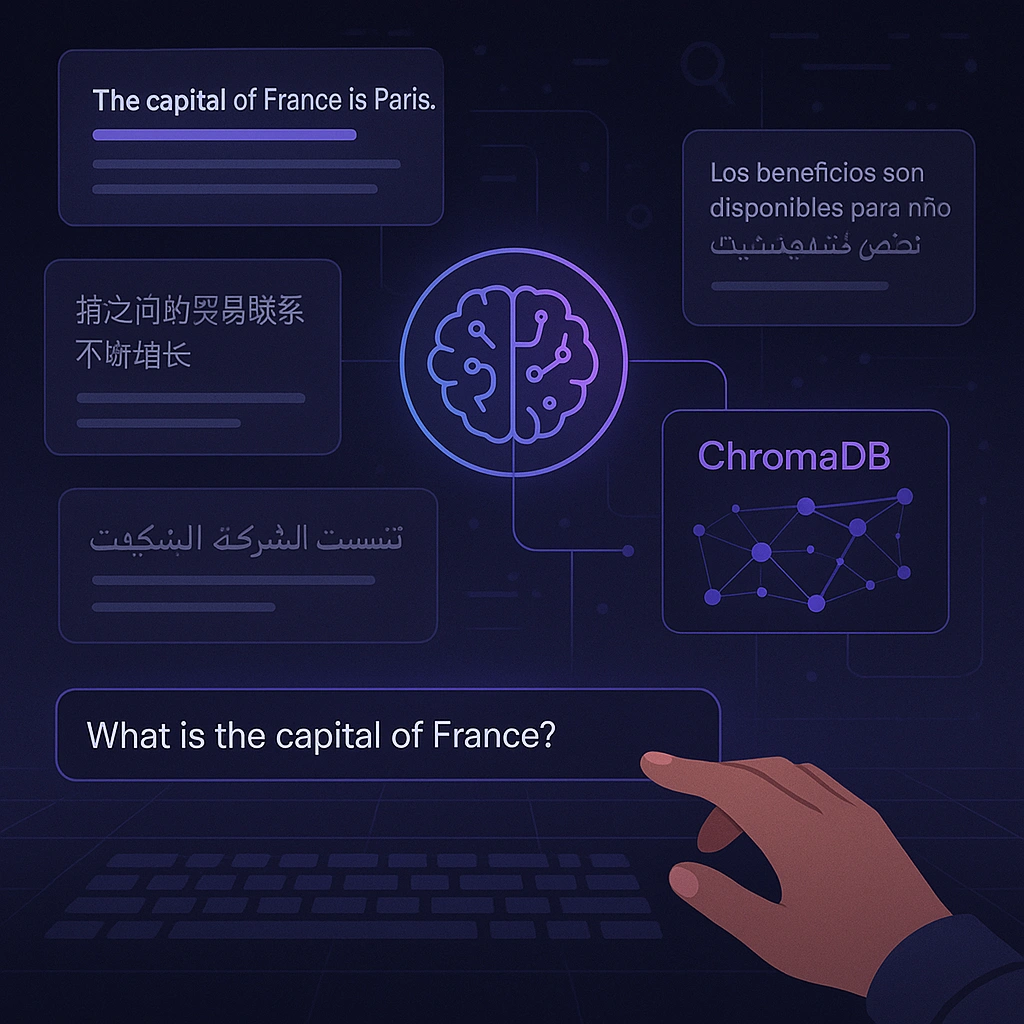Transforming Patient Call Handling with a Guided Workflow Assistant
Optimizing Triage Accuracy and Empowering Frontline Staff through Intelligent Workflow Design
Healthcare organizations are under increasing pressure to deliver responsive, accurate care while managing high patient volumes and constrained clinical resources. Amid these challenges, effective triage during patient call handling has become mission-critical.
The Guided Patient Workflow Assistant addresses this gap by introducing a streamlined, intelligent triage system designed for frontline support teams. Embedded within a centralized engagement platform, this assistant empowers non-clinical personnel and nursing staff to confidently manage patient inquiries with a consistent, data-driven approach.
This solution isn’t just about automation—it’s about enabling smarter, faster, and more accurate decision-making at the first point of contact.
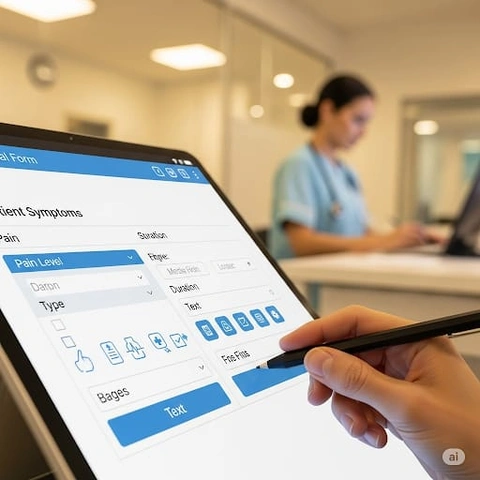
🧾 Structured Symptom Collection
Capturing Patient Complaints with Precision and ConsistencyOnce a call is initiated, the assistant prompts the user with a dynamic symptom collection form. Designed in collaboration with healthcare experts, this module ensures that all critical information is captured without deviation or omission. Users are guided to input symptom onset, severity, duration, and associated complaints—all standardized across cases.
Built-in validation ensures that required fields are never skipped, improving the quality of data for clinical review or audit purposes.
🧠 Predefined Guideline-Based Question Flow
Guiding Staff Through Evidence-Based Decision TreesAt the core of the workflow is an intelligent question flow that adapts based on patient input. The assistant dynamically adjusts its line of questioning in real time, mirroring clinical decision trees without requiring medical expertise from the operator. Each decision branch is rooted in predefined care guidelines and best practices sourced from certified healthcare protocols.
This structured logic empowers staff to gather actionable details quickly while ensuring nothing critical is overlooked.
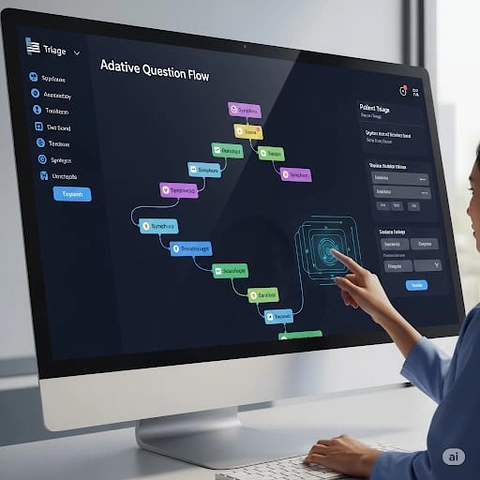
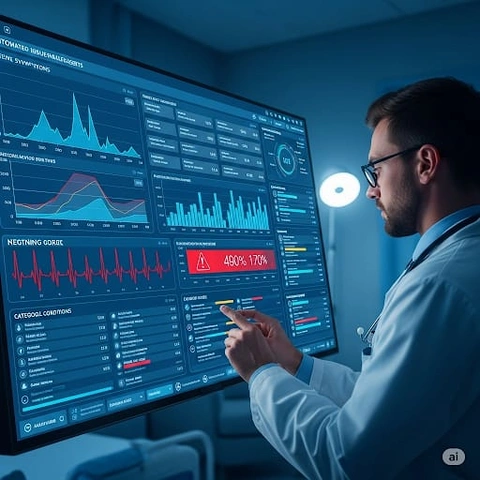
🔍 Intelligent Health Issue Identification
Surfacing Potential Diagnoses and Escalation Triggers AutomaticallyAs responses are logged, the system performs real-time analysis to detect patterns and red flags. Leveraging embedded intelligence, the assistant compares patient-reported symptoms against a comprehensive database of common and critical health conditions.
It flags symptoms requiring escalation, suggests likely causes, and provides a preliminary categorization— ranging from self-care to urgent attention. This capability significantly accelerates the triage process while improving accuracy.
🤖 Automated Care Advice Generation
Delivering On-the-Spot Recommendations with Zero DelayOnce a likely issue is identified, the system automatically generates tailored care advice aligned with clinical standards. Recommendations are context-sensitive, accounting for the patient’s history (if available), symptom profile, and any urgency indicators.
This advice may include self-care steps, follow-up appointment booking, or routing to emergency care— all presented clearly for both staff and patients. These suggestions are logged and auditable, ensuring alignment with regulatory and quality requirements.
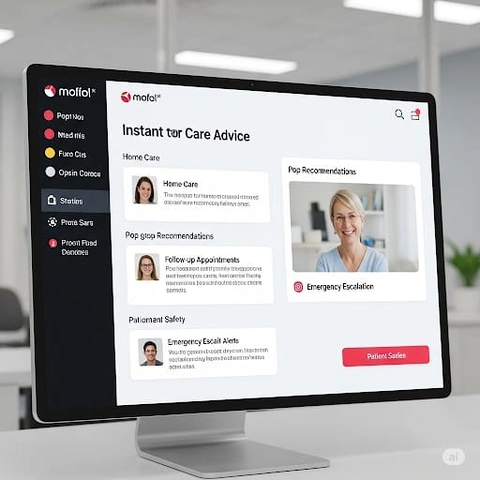

🧩 User-Friendly Interface for Non-Clinical Staff
Zero Learning Curve, Maximum EfficiencyUnderstanding that call handlers may not have clinical training, the interface has been purpose-built for ease of use. Visual cues, prompts, tooltips, and inline explanations reduce reliance on formal training. Navigation is optimized to reduce screen switching, minimize clicks, and surface relevant data proactively.
By eliminating complexity, the platform increases confidence among non-clinical staff while reducing time spent per call.
🏥 Behind the Assistant: Enabling Architecture
Orchestrating Data, Rules, and Workflows Under the HoodWhile the user experience remains seamless, the backend is supported by robust workflow orchestration engines, rule-based decision layers, and real-time data models. Patient records, interaction logs, and triage outputs are stored securely and linked with broader patient care systems, enabling a 360° view for clinical teams.
Integration-ready APIs ensure that escalations and follow-ups feed directly into downstream care workflows without manual intervention.
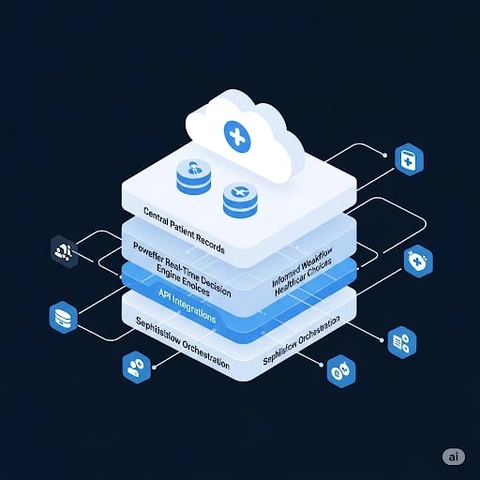
🚀 Outcome: Triage, Transformed
By empowering non-clinical teams with intelligent workflows, this Guided Patient Workflow Assistant is redefining the patient triage experience. It minimizes risk, reduces clinical workload, and ensures patients receive timely, appropriate care from their very first interaction.
It’s not just a tool—it’s a bridge between efficiency and empathy in modern healthcare delivery.
🎯 Key Highlights
- Call-to-care automation with intelligent question flows
- Structured data entry that feeds clinical decisions
- Predictive insight generation at the point of intake
- Seamless user experience for frontline support staff
- Scalable architecture compatible with enterprise healthcare ecosystems
Let’s build healthcare systems where every patient voice is heard, triaged, and acted on—without waiting.

